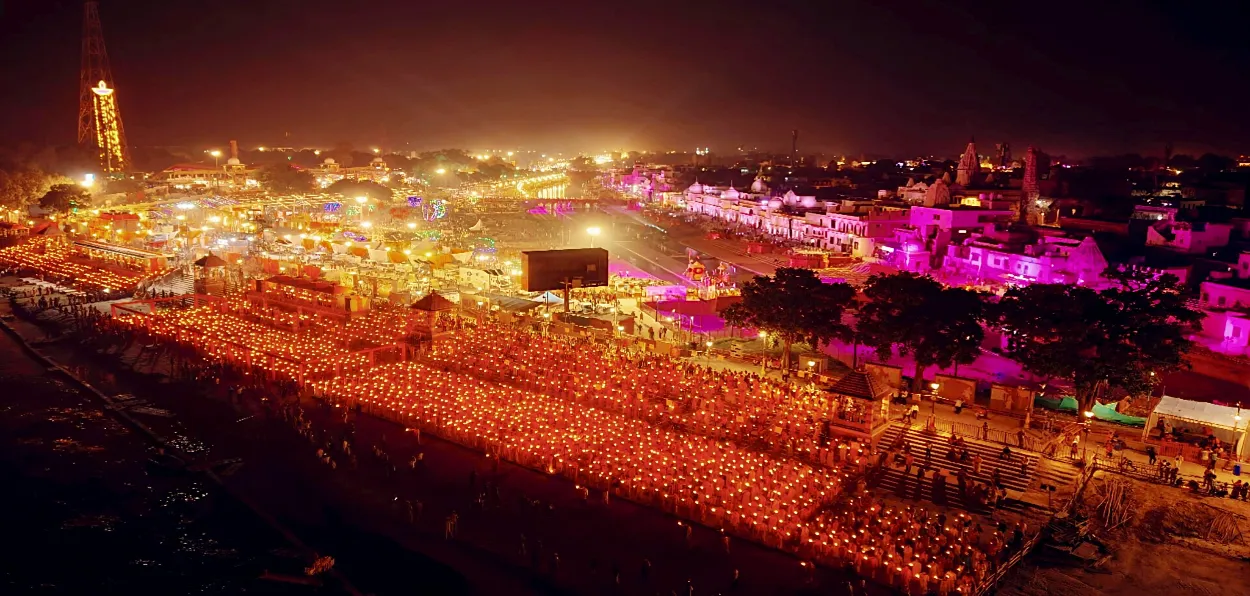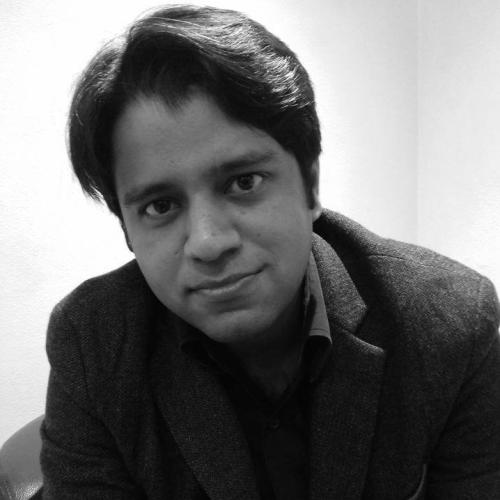
 Saquib Salim
Saquib Salim
Diwali and firecrackers are synonymous. Crackers are so much a part of the festivities that when the government tries to control their usage, certain groups of people allege it is a bias against the Hindus.
What is the connection between the festival of lights and firecrackers? Many would like to believe that the bursting of firecrackers is rooted in antiquity. You can even find a few propaganda websites too that claim. However, history offers interesting account of this phenomenon.
Sanskrit scholar P. K. Gode has traced the history of Diwali and the use of fireworks. Diwali originated from the Sanskrit word Diip-mala (necklace of lamps). The word can be traced back to Nilmata Purana, a 5th-century Sanskrit text from Kashmir. Gode traces the earliest mention of Diwali, by the name of Yaksha Ratri, to the 2nd-century text Kama Sutra.
Throughout history, from the 1st century AD to the 15th century, the description of the festivities of Diwali mentions illumination by lighting the earthen diyas (lamps), visiting temples, exchanging gifts and sweets. Diwali, according to Gode, has always been a national festival which has been celebrated from Kashmir to Tamil Nadu, in Multan, Gujarat, Bengal, Telangana, U.P., etc., for the last 2000 years.
There were certain techniques to illuminate and produce sounds, which were in practice in India, but they were not pyrotechnic before the 15th century. Gode notes, “The Sanskrit texts on the manufacture of fireworks discovered by me belong to the period, A. D. 1497-1539. These texts appear to be the earliest, if not the only texts about the manufacture of specific fireworks, some of which have come down to us.”
Writing in the 20th century, Gode also remarked, “Although primitive firework mixtures must have been known in India and used by the Hindus for many centuries, it was not until almost the beginning of the present century that any advance was made.”
The earliest mention of the use of firecrackers in an Indian festival comes from Abdur Razzaq, an ambassador of Sultan Shah Rukh of Persia at Vijayanagar, in 1443. He wrote about the celebrations of Mahanavami, "One cannot, without entering into great detail, mention all the various kinds of pyrotechny and squibs and various other amusements which were exhibited."
There is evidence that fireworks were being used in Kashmir around the mid-15th century, and Vijaynagar was alone in its usage.
.jpg) Firecrackers being burst on Diwali
Firecrackers being burst on Diwali
Italian traveller Ludovico di Varthema, who visited India between 1502 and 1508, had also mentioned the use of fireworks in Vijaynagar for amusement during the festivals. Portuguese writer Duarte Barbosa had also witnessed the use of fireworks, including rockets, to amuse people in Gujarati weddings around the year 1500.
Gajpati Pratap Rudradeva, who lived in Odisha from 1497 to 1539, had explained the manufacturing of fireworks for entertainment purposes in his Sanskrit text, Kautuk Chintamani. Another 15th-century Sanskrit text, Akash Bhiarav Kalpa, talks about the usage of fireworks for entertainment during the festivals in Vijaynagar.
Several other literary sources confirm that the fireworks were introduced in India after the year 1400, and by the year 1600, they were being widely used to entertain people during royal events, festivals or weddings.
The use of fireworks to celebrate Diwali gets its mention from the mid-18th century. According to Peshwa Bakhar, “Mahādji Scindia informed Peshwa Savai Madhavrão as follows:-
"The Divāli festival is celebrated for four days at Koță (in Rājasthān), when lacs of lamps are lighted. The Raja of Koță, during these four days, gives a display of fireworks outside the premises of his capital. It is called 'Laņkā of fireworks. During this display, the image of Rāvana is prepared and kept in the centre of the show. Images of Raksasas, monkeys and a big image of Hanuman are all prepared of gunpowder. The tail of Hanuman is then set on fire, and Hanuman begins to fly in the air, setting fire to various houses in this Lańkā of fireworks. Such a display is given by the Raja of Koță during the Divāli festival.”
"The Peshwa ordered Mahādji to give a similar display of fireworks for his entertainment. Mahādji made all preparations within 15 days, and the display was carried out on a dark night before the Peshwa and his Sardars.”
Though fireworks were intimately connected to Hindu festivals, the manufacturers were mostly Muslims. The census reports since the 19th century have classified atishbaz or barutsaz as castes. This name is obviously functional.
ALSO READ: Diwali is the reason why global headwinds can't touch Indian economy
Atishbaaz, who were all Muslim, were affluent till the late 19th century. It's when the British started controlling gunpowder and its usage to disarm Indians. Today, owing to environmental issues, activists are calling for a ban on firecrackers. Though fireworks have not been a part of Diwali since ancient times, they have been intimately connected to festivities for centuries.
